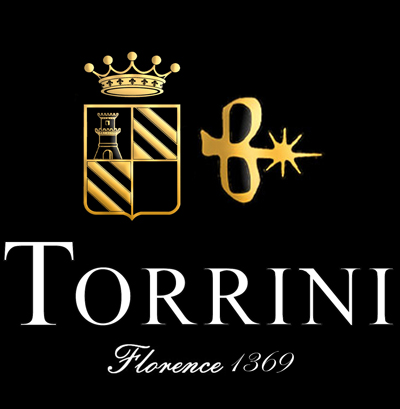The pear cut diamond, also called teardrop cut, is a fancy cut derived from the modification of the brilliant-cut. Its distinctive silhouette is easily recognizable and much loved, making it, unlike any other cut.This cut must correspond to a parameter between length and width of 1.75. In addition, the positioning of the pointed part of the underlying pavilion, called "culet", must be precisely in the center of the upper table.
As in the oval cut, it requires a very experienced cutter and able to minimize the formation of the so-called "Bow Tie" that usually forms in the center of the stone. As a result, this area of the diamond does not reflect light well and appears darker to the naked eye.
The most vulnerable part of a pear-cut diamond is the tip. Given the extreme hardness of the diamond, it is also highly fragile; therefore, its protection must be well designed.






































